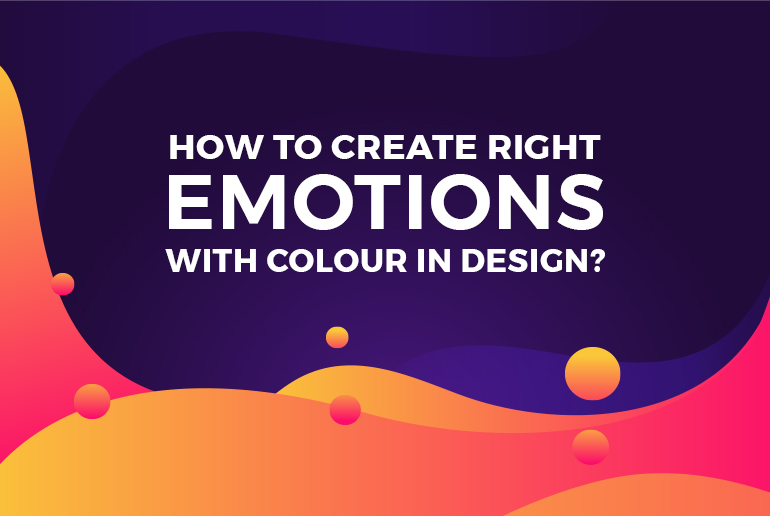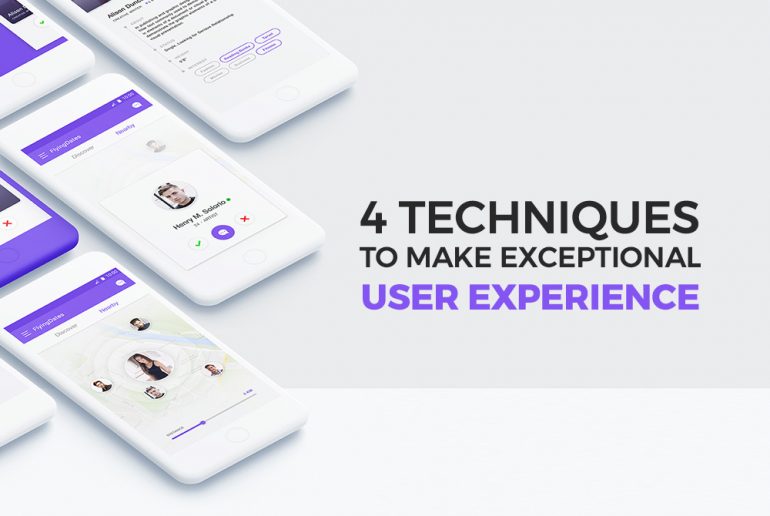In design, the color goes about as a key capacity that catches the eye of the client. Color is the most straightforward perspective to recollect when come to experiencing new things for the users. The colors of the design dependably make an association with the branding of the item. Designers utilize color as an approach to convey what the item is about.
More often than not client’s buy thoughts to a great extent relies upon color. There are a few actualities that very critical when coming to color brain science.
Color is a delightful thing that arouses diverse feelings in people. We see things and separate similar items with the utilization of color. We feel colors as a thing that makes distinctive feelings when seen.
Colors delivered in the visual arrangement of the human mind. All things considered, the colors don’t exist in reality. We imagine colors with our brains, which implies colors remain subjective in nature and, not objective.
How colors affect the design?
There are numerous articles that you may ready to discover how the colors affect the design. Let’s try to understand how the color physiology has affected the design.
Blue
Blue promotes calm, safety, openness with lighter shades and reliability with darker shades.
Blue is a standout amongst the most regularly utilized colors when coming to product design. The blue color is considered to give feelings, for example, trust, safe and unwinding.
Blue’s significance changes extraordinarily relying upon the shade. All blues are all around unwinding and safe, however, the lighter shades will appear to be all the more neighborly while the darker ones appear to be more solemn. Web-based life destinations like Twitter and Facebook exploit light and medium shades, while corporate sites incline toward dull shades’ tones of quality and dependability.
Purple
Truly connected with eminence, purple holds the tone of extravagance, even to the point of wantonness. Purple promotes luxury, romance with lighter shades and mystery with darker shades.
Purples recommend sumptuousness and riches, by and large, settling on it a mainstream decision for mold and extravagance products similar to the Cadbury. Lighter shades like lavender (with pink tints) are viewed as sentimental, while darker shades appear to be more lavish and secretive.
Green
Green color for clear reasons, people discover it a color that is associated with nature, trees, and plants. More often than not associations that offer natural nourishment and refreshments utilize the green color to their application. Since this color is so normal to our eyes it catches the eye when appropriately utilized.
Green crosses over any barrier amongst warm and cool colors, however, have a tendency to be to a greater degree of pleasant color. This implies green has the same unwinding impacts of blue, yet at the same time holds a portion of the empowering characteristics of yellow.
Black
Black is a standout amongst the most wanted colors in the range. The dark color speaks to power and convention. Black is thought to be the most grounded color of the range. Dark textual styles have been there from the highly contrasting age until the point that the electronic age because of its capacity to make an appropriate feeling of control over different colors.
The most powerful color, black exists on relatively every site.
It can go up against changing attributes relying upon its supporting colors, or command every one of them if utilized as a part of excess. Its quality in the midst of impartiality settles on it the color of decision for long squares of content, yet as an essential color can give the impression of tenseness, complexity, or even underhanded.
For most sites, black is utilized to make a moment feeling of complexity and agelessness. The sentiment of tastefulness is particularly solid well when matched with white textual style and set against a moderate design.
Yellow
Yellow is one of the more adaptable colors, contingent upon the shade.
A splendid yellow is the most vivacious of the colors, without the seriousness of red. Center shades of yellow give a feeling of solace while as yet feeling animating. Darker shades (counting gold) can give the impression of times long past, and loan a quality of agelessness, insight, and interest.
White
White is the color most connected with prudence, virtue, and honesty in Western societies.
Moderate and oversimplified destinations regularly utilize it as a foundation. By drawing minimal consideration of the considerable number of colors, white is the best to accent alternate colors on the page.
As we’ve quite recently clarified, colors carry with them a ton of additional weight that occasionally goes unnoticed.
There is no universal color that is called the best color to be used in the design. We should always focus on who we are designing for. Regardless of what colors you pick, they affect the design in general — from conveying complexity or likeness, to summoning exact feelings.

